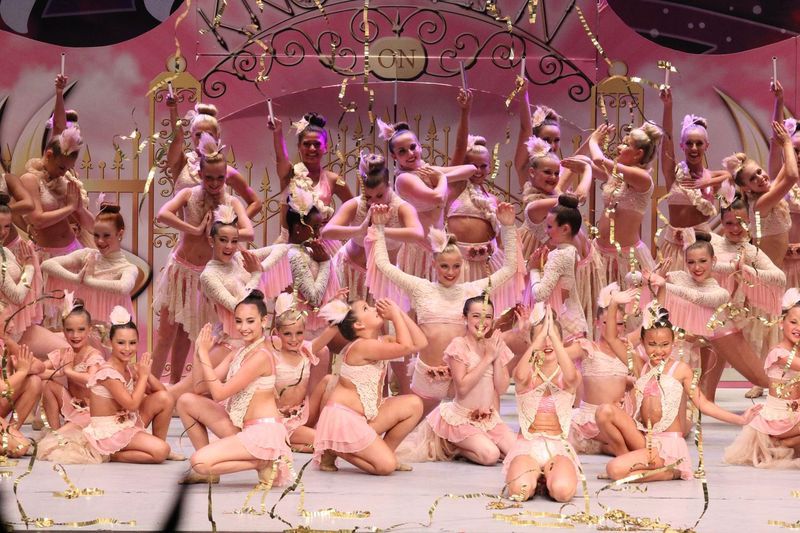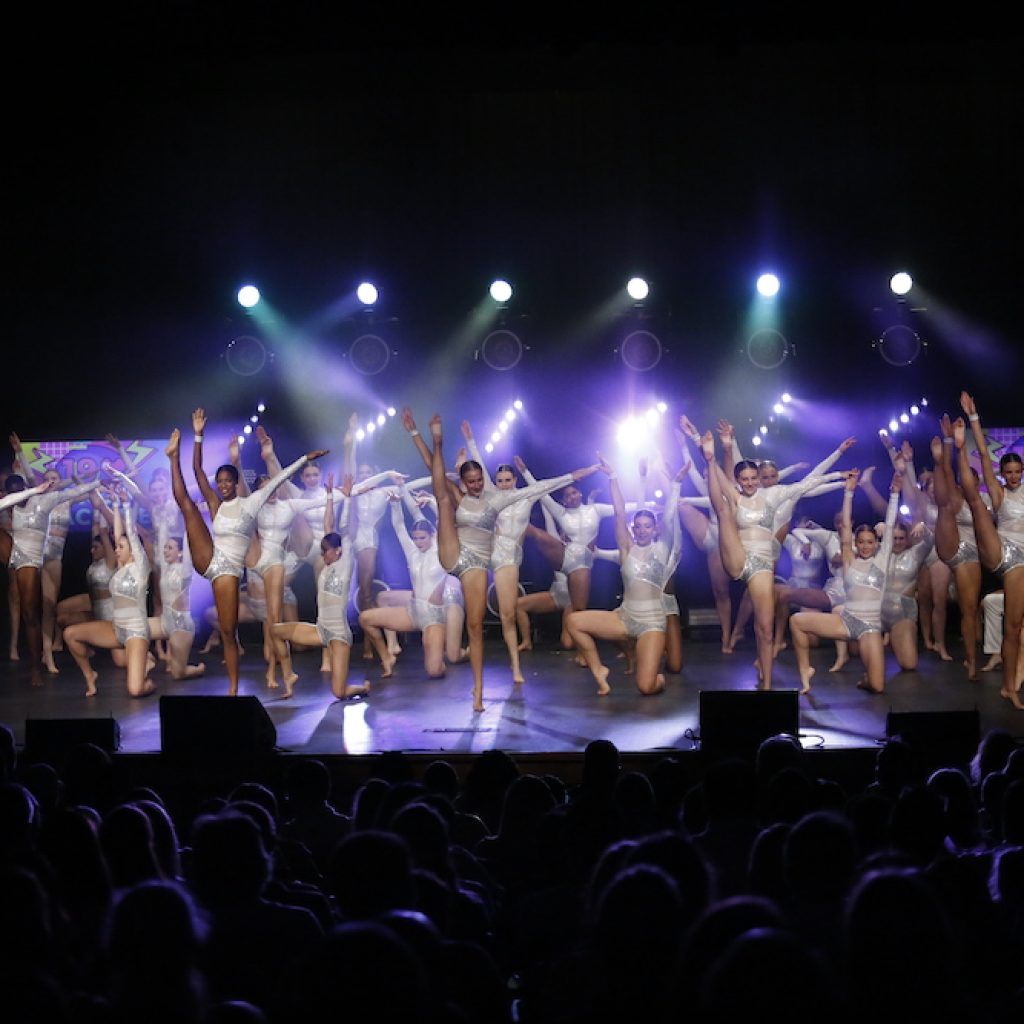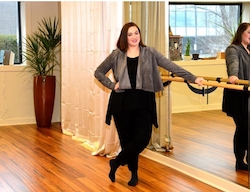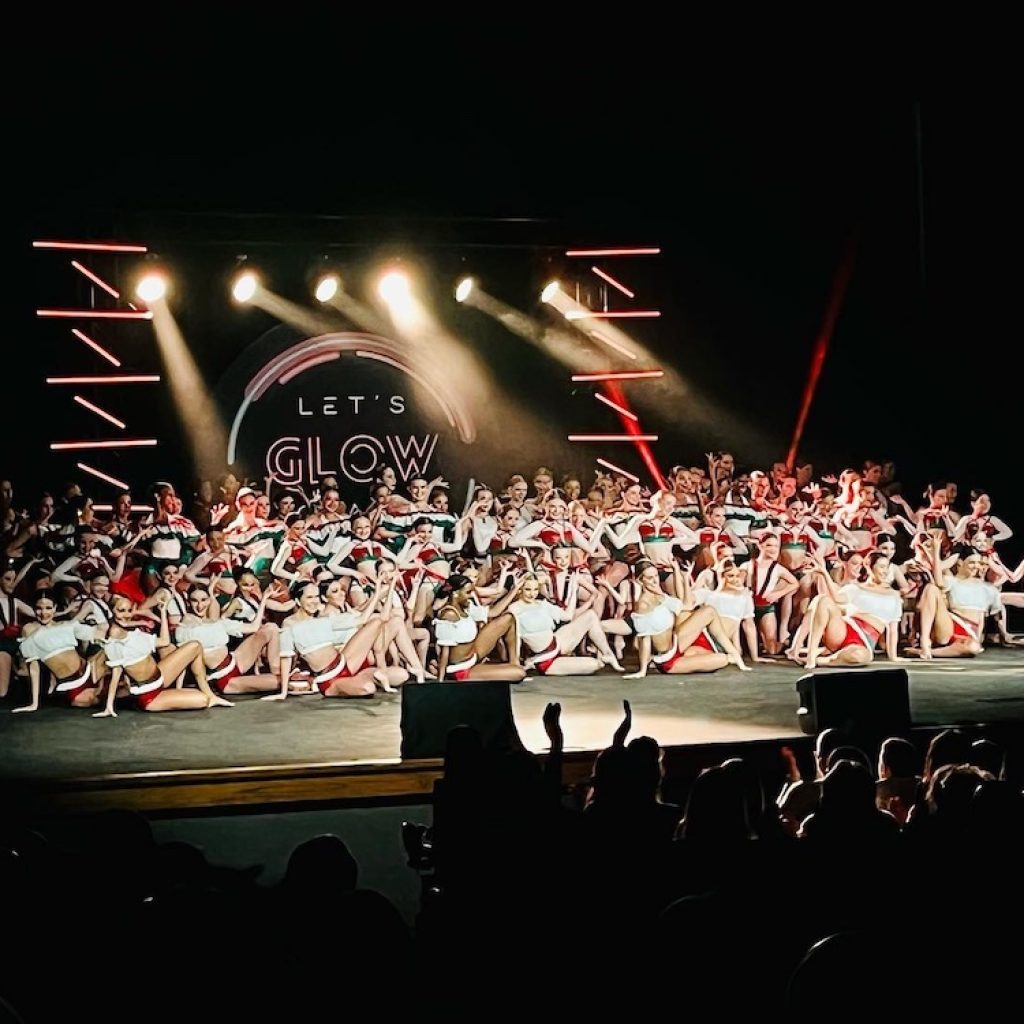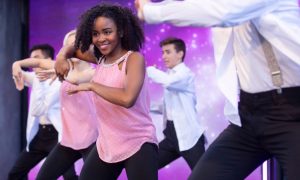The end of the school year is one filled with celebratory events to commemorate the achievements made. Whether it’s recognizing individuals at an award ceremony or celebrating team wins with a banquet, these are the events that take planning but are filled with excitement. Recital season fits right in with the end-of-year festivities especially for studios around the country. Where there is planning or organizing required, anxiety is sure to follow. This holds true for recital season as well. Dance Informa talks to studio owner Kensey Mimbs and dance/movement therapist Erica Hornthal about the anxiety around dance recital season and how to combat it.
As one of three owners of CK DanceWorks, Mimbs is no stranger to recital season and the anxiety that comes with it, but with 20 seasons under its belt, CK DanceWorks has found its stride in managing the process, starting with making sure its staff of 35 is in-the-know.
“We start planning for recital in September with sample costumes which we use to size each student,” Mimbs tells Dance Informa. “Once Covid hit, we started ordering all preschool classes and hip hop classes the same costume and it was much easier, so we stuck to that. Final costume selections are in October while show plans start in February.”
Although the studio started with 75 dancers, CK DanceWorks has gone through its fair share of fine tuning with how the staff organizes the recital season as the studio has grown to 1,000 dancers in attendance. Keeping this in mind along with organizing costumes, the number of shows needed, along with run time, play a key role in easing the process.
“We put on nine different shows,” Mimbs reveals. “Seven of those shows are recreational, and then we have two additional showcases which include the competitive dances. Shows are no longer than an hour-and-a-half.”
While it is important for there to be a sense of organization among studio owners and teachers, keeping the dancers in mind is just as crucial. Class is one beast to face itself, but when a performance is introduced, that can create a new challenge to tackle, especially with young dancers.
Dance/movement therapist Erica Hornthal weighs in on some of the observations she has made. “Dancers often experience anxiety and because they must perform, there is a propensity to suppress or override it,” she says. “There is this cliché to ‘leave it at the door,’ but that is unrealistic because our bodies don’t know how to. Our bodies carry everything with us, so I would suggest for teachers to do a check-in with their students to recognize when more support is needed. It’s about meeting our dancers in their body and addressing any stress in real time.”
Hornthal goes on to emphasize that during a season such as recital, there is a need more than ever to move through the anxiety. “Because anxiety creates constriction on the body which in turn can lend itself to injury, it is crucial to stay aware of that and safely navigate through it while listening to the body for teachers and dancers.”
The time to perform can arrive so quickly, and it is easy to feel like everything is not nearly done. Making a recital run smoothly yet be equally enjoyable for parents, students and teachers is something that Mimbs credits to keeping the nervous energy at bay.
“We do a training over the summer, usually in July with our teachers,” Mimbs explains. “Expectations are discussed, as well as deadlines for recital dance styles and songs. Goals are set, and once classes start choreography, Dropbox folders are made to upload each class’s music and videos from practice. Parents have a portal where they can view these resources while accessing their child’s videos and recital music. We try to accommodate dancers in a way where those who are in multiple classes can be in the same show. Most importantly, we strive on keeping the shows entertaining but different.”
For seasoned studio owners and dancers, recital season comes with more excitement mixed with the eagerness to hit the stage to put on an outstanding performance. But what does it mean for those who are newer to this arena? How does this feel for those who are unsure of where to begin or if their efforts will be acknowledged but also enjoyable? For every studio that is established, there is one starting from the ground up with a lot to look forward to but a lot to learn as well. Even so, there are avenues that can be taken to ensure that everyone involved in the process gets the most out of their experience without added pressure.
Keeping older and newer studio owners in mind, Hornthal advises, “Regardless of age, we must remember that recitals are a showcase of what dancers have learned and not about how good they are. Sometimes we forget that it is a learning curve. It’s okay to miss a step or a beat. For the dancers, show them what you’ve learned and have fun. Remember that you’re a person first and a dancer second.”
“The main thing is to plan early and keep parents informed,” says Mimbs. “It is good to incorporate a team that does it all as far as technical elements to ensure things run smoothly. We livestream all recitals for family out of town, which makes it special. For studio owners overall, plan early and do assigned seating for your recitals. Keep the shows fun with bright colors. At the end of show, we have the kids walk out with their teachers to take a bow. At the end of the day, it just further shows how we as choreographers and studio owners are blessed to have something we love to do.”
By Monique Jackson of Dance Informa.


